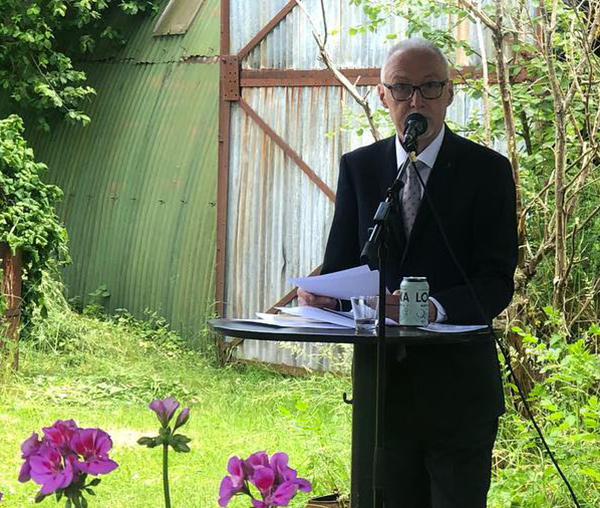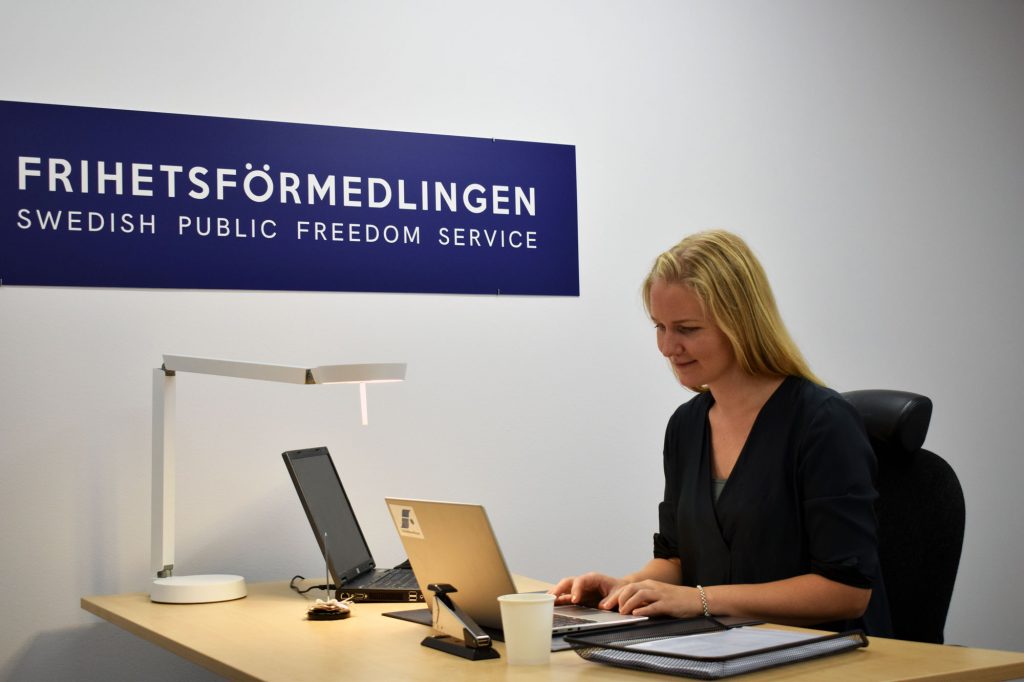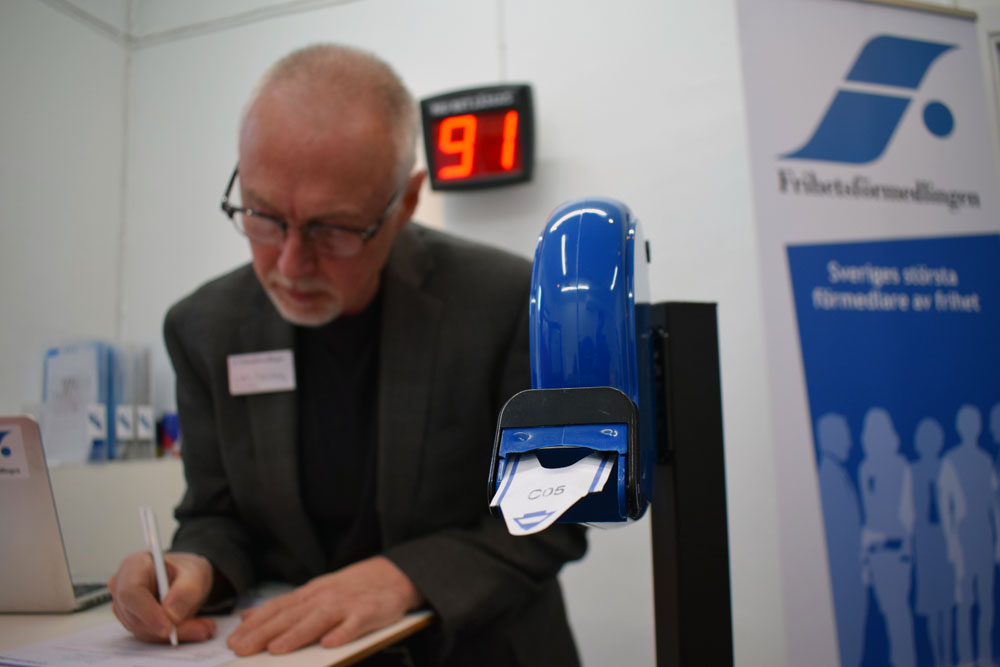practice / samples:
Ongoing:
2024 – ongoing

RITE is a research platform that explores new ways to respond to the transformation our society is already undergoing and to facilitate the major transition ahead.
Our starting point is a firm belief that such a process involves profound changes in the cultural fabric of society, our collective perceptions, and societal institutions.
We strive to connect transition and sustainable societal formation – both in practice and theory, and we do this by initiating and driving processes within what we call society’s ritual spaces: the spaces of learning, law, urban planning, economy, politics, and more. Spaces that are interconnected yet carry their own distinct rites and narratives. In our work, we seek them out in order to uncover and make visible the underlying operational systems, exploring how they can be transformed, opened up, or put into play – always in collaboration with those working within them.
In both practice and theory, RITE thus addresses the underlying thought systems and invisible ritual behaviors that have governed our institutions and societal fabric through modernity – models and practices are often the very root of the problems that we are now trying to have these institutions resolve.
More info:
www.rite.agency
2022 – ongoing
 Ars Moriendi, Farewell Ceremony, 2022
Ars Moriendi, Farewell Ceremony, 2022
Ars Moriendi, the world´s first Farewell Bureau, help individuals and organizations liberate themselves from codependency with dysfunctional cultural artifacts in society, like belief systems, mindsets and institutions. As farewell undertakers, we strive to play a unique role in society’s preparation for the impending transformation.
A ceremonial last farewell of such obstacles is a first important step towards taking a more active role in the coming transition. So, when a person or organization has reached a decision to let go of something, Ars Moriendi can help arrange unique, dignified and memorable farewell ceremonies in order to facilitate the process. The Farewell bureau’s product portfolio also includes grief processing, consulting services on closure management, system and institution liquidation, and – when called upon – specialized palliative care for institutions.
In its role as the first Farewell bureau ever, Ars Moriendi is also a process artwork that explores and treats two phenomena in our time: the strong tendency to become codependent with addictive structures, belief systems and trends in contemporary society, and how this seems to be related to a widespread death phobia in western societies.
 Ars Moriendi, Transport Van, 2022
Ars Moriendi, Transport Van, 2022
x
2022 – ongoing
The Liquid State of Fluidoria has chosen to emerge in our time. Quietly, and without seeking confrontation, it is currently seeping into various structural interstices in society.
From a political perspective, Fluidoria constitutes a sovereign supra-national entity. In this capacity the Liquid State connects all living beings with one another, thus providing an interface to the non-living that can help humans distinguish organic from artificial life, in order for them to grant rights to the former above the latter.
When finally embedded in all systems and institutions that currently limit the confluent potential of humankind, Fluidoria aims at becoming a transformative enabler of gentle transition and political innovation in society.



Inauguration of Fluidoria’s first Consulate at Gylleboverket. Photo: Pia Ohlson
x
2014 – ongoing

Freedom office, Varbergs konsthall, 2018
Frihetsförmedlingen (The Swedish Public Freedom Service), initiated in 2014 in collaboration with artist John Huntington, is a self-organized authority, think tank and work of art.
The Swedish Public Freedom Service provides an interactive internet platform as well as temporary offices, where ritualistic and bureaucratic behavior in pursuit of freedom can be performed.
In this way the Freedom Service offers Swedish citizens a useful alternative to the mandatory search for non-existent or imaginary jobs on today’s shrinking labour market they otherwise are required to perform.
Besides supplying and mediating freedom, the Freedom Service runs a R&D Program and also has an obligation to influence the public opinion.
From 2019 the Swedish Public Freedom Service also has the mandate to oversee and control the level of freedom in Swedish companies and organisations, as well as in public places.
Links (Swedish only):
> Frihetsformedlingen.se
> Frihetsförmedlingen on Facebook

Swedens Freest Bureaucrat, Cecilia Jonasson, in office

Performance: Frihetsinspektion, Kungsbacka, 2019 | photo: Otto Mogren

Issuing Freedom Permits at Candyland, Stockholm, 2017 | photo: Nadja Ekman

Candyland exterior, Stockholm, 2017

Performance: The Art of Doing Nothing, Gothenburg, 2016 | photo: Anna-Lo Huntington
x
2015 – ongoing

The Conversatory is a format for mutual and in-depth reflection, understanding and clarification.
The concept challenges the lack of humility and curiosity that characterizes most contemporary public debates, round table discussions, seminars, etc.
Instead, the Conversatory focuses on facilitating mutual understanding of complex issues, and making new collaborations possible.
The Conversatory is an open source public conversation model that is free for everyone to use. I conceptualized the format in 2015 together with Per Johansson, historian of ideas, human ecologist and autonomous researcher, and it was then tested in a year-long collaboration between me, Per and the researcher Fredrik Björk.





x
Archive:
2011 – 2014

DODOTANK
We do change. And we have a todo list…
Dodotank’s art-as-activity-as-thinking took Plan3’s ambition to move from Think Tank to Think-and-Do Tank one step further.
The DODOTANK concept was also embedded in the do-store practice. Do-store was set up in 2012 in Malmö, in collaboration with artist Madeleine Tunbjer, as an open space and testbed studio. During its years in operation, do-store functioned as our Friendly lab, as well as an open co-activity-, art- and event space.
> website (archive)







2010 – 2017

The Friendly Development Group (Friendlygruppen) was initiated in 2010 as a platform on which artists and long-term unemployed could collaborate for change and resilient transition.
Over the course of seven years, almost 300 people participated in this experiment where we used art, innovation, un- and re-learning and a lot of Friendly self-cultivation for the purpose of challenging today’s discrimination of the unemployed.
In the beginning we marketed Friendly Development Group as an agency for transition and social innovation, and its design quickly made it an attractive alternative to regular mandatory prison-like workfare programs. Our operation soon involved hundreds of people and required a corporate structure which I created and led, in collaboration with artist Madeleine Tunbjer, and in which several other artists also participated.
During the first three years many initiatives were taken and a lot of projects started. In one of the more successful ones, the group invented and prototyped a pioneering ecological building insulation material, Isolen. Another Friendly development project started a social bookkeeping company, Kamrer Direkt AB, which also sponsored artist run galleries with free-of-charge bookkeeping services for several years.
In spite of our perceived success, it eventually became evident that our approach, however radical, had failed to emancipate ourselves from the mindset of the society of labour. As a consequence we decided to abandon the entrepreneurial track and downsize the operation. During 2014 the Friendly group was reorganised and became more of a self-organised academy, where we tried to explore less production-oriented strategies for life after labour.
This second Friendly iteration, jointly led by myself and the remaining group of unemployed from 2015 and onwards, was characterised by collective deep thinking in pursuit of self-cultivation; something that really benefitted personal development and transformation, but also had interesting side effects (e.g. the emergence of Frihetsförmedlingen and the Conversatory).
Our radical down-sizing enabled a more relaxed and familial setting in which some remarkable existential leaps became possible. The extraordinary level of trust and responsibility we collectively exercised also encompassed a much higher level of personal freedom, compared to what had earlier been the case.
The Friendly Development Group project ended in 2017 when the group, after concluding that our exploration would lead no further in its current form, made a joint decision to close the last remaining office on June 30, a day that marked the end of a truly profound learning experience.
> Friendly Development
> Isolen (archived)
> Kamrer Direkt
Additional reading:
> DISKURSBROTTSLINGEN: Lars Noväng and Per Johansson in a conversation on labour, published in the first edition of Mooria, October 2014
2010 – 2011

Självsådd, self-seeding in brownfields, is a powerful metaphor that was used in this research project carried out in collaboration with artists Madeleine Tunbjer and Ola Paulson.
The explorative part of the Self-Seeding project investigated ways to facilitate transition by means of promoting creative entrepreneurship in transient societal gaps, and the process deeply influenced the subsequent establishment of Friendly Development Group as a social enterprise.
The full Self-Seeding study is available digitally in the form of an annual report (in Swedish only):
>> Självsådd: Årsberättelse (pdf)
>> Självsådd: Årsberättelse (issuu)


x
2009

The objective for this feasibility study, financed by the EU, was to try out new strategies for counteracting segregation problems in the local community. An additional ambition was to highlight the potential for innovation related to unique competences in the immigrant population.
As an innovative approach to the question why immigrant entrepreneurs have such difficulties starting new businesses in Sweden, we used artistic strategies as business development tools in search for a more dynamic and exploratory process. For this reason, several artists were invited to collaborate with the group of immigrant entrepreneurs that participated in the project.
One of these collaborations involved the co-production of Jan Cardell’s interactive sculpture “Hejaklacksmaskinen” (”the Cheer Leading Machine”).


x
2008 – 2009

Most art sites in Skåne are not accessible by public transportation. Car pooling is for this reason highly recommendable.
The Art Car Pooling project Konståkningen was launched in collaboration with the Wanas Foundation, Kivik Art Centre and Kristianstads konsthall in 2009, and provided a system for organized car pooling that targeted audiences regularly visiting these sites.
One important objective of this project was to encourage the general public to have more conversations about art, in cars.
The hitchhiker logo was created by Heike Haunstetter, who together with me initiated the test project Gröna Rundan one year earlier, in collaboration with ÖSKG – Östra Skånes konstnärsgille.
The digital car-pooling system system for konståkningen 2009 was developed in collaboration with Magnus Hasselberg

x
2008 – 2009

Culture means Farming encouraged immigrants, mostly from the Middle East, to get involved in urban and rural development in the Kristianstad area, and the project also raised questions regarding land ownership in the agricultural sector.
In the spring of 2008 I invited the art and agriculture group Kultivator to participate in the project along with me and Public Globality Gardens and together we staged a collective land claim outside Kristianstad, Right to Farm the Land, in which a large number of immigrant families each were offered 100-200 sq. m farming land to cultivate.
This farmland was cultivated by a self-organised group for two years and when the project closed in 2009 it had got it’s third and final name Empowerment Farming. This work deeply influenced the upcoming Serif and Självsådd studies, as well as much of the content in the labour market part of the Friendly project.



x
2008 – 2011

I launched Tape Gallery in 2008. This interactive work encourages the general public to establish and curate near zero-cost art spaces.
This way they can freely define art, independently of the so-called art world.
Tape Gallery exhibitions:
2008:
Ystad konstmuseum, Ystad
One Year Gallery, Taipei, Taiwan
2010:
Supermarket Art Fair, Stockholm
project website:
> tapegallery.org



x
2006 – 2008

This relational art project was realized in collaboration with artists John Huntington and Malin Schønbeck, along with a large group of mostly immigrants in the Kristianstad suburb Gamlegården.
The Power of Habit/Vanans makt, as a critical investigation of multiculturalism and integration concepts, was conducted in the context of the Swedish Year of Cultural Diversity, 2006. The included projects were funded by the Swedish Arts Council and the Municipality of Kristianstad.
Malin’s contribution resulted in the exhibition Hunden i Centrum, while John and I – in our first collaboration – staged an interactive office, Samspelskontoret.
As a summary of our investigation, John and I also created ‘Svenneförmedlingen’, a web-based match-making service designed to make it easier for unemployed ethnical Swedes to get employed in immigrant-run businesses, for the purpose of giving the natives a much-needed opportunity to become better integrated in an already existing multicultural society.
> Svenneförmedlingen (archived)
x
2006 – 2011

Plan3 in Kristianstad was initiated in 2006 as a platform for collaborations between artists and entrepreneurs, as well as a hub for innovation and regional development.
The place was designed as a mixture of co-working space, studio collective and gallery and called plan3 for the simple reason that it filled the entire third floor in a historical building in central Kristianstad – almost 700 square meters.
Things went well but after two years the project had to relocate to smaller premises. From then on Plan3 became an artist-run Think & Do Tank, that 2009 – 2011 served as an umbrella for several smaller projects made in collaboration with artist Madeleine Tunbjer and sound artist/composer Ola Paulson.
These collaborations were instrumental in the creation of Friendly Development Group, in which plan3 became an integrated part in 2011.







x
2006 – 2008

Experimental collaboration between myself and artists Mårten Strömquist (1949–2012) and Takahiko Suzuki (jp).
Among other things, this project playfully suggested a symbol that defies all attempts to include or exclude anyone.


x
2006

Accelerator/Ax-Lab: feasibility study conducted in 2006 in collaboration with artist and greatly missed friend Mårten Strömquist (1949-2012).

2005 – 2006

Codex/Container combined art, product development and packaging in an experimental way. In the project a group of artists collaborated to produce new artworks that were to contain a text by the poet Marie Lundquist, in accordance with the project’s conceptual framework.
The works of art also had to relate to one of three invited enterprises, whose products were totally unrelated to books or literature. This project had several objectives, one of which was to provide un-commissioned Research & Development.
Quote from the project website:
”Our aim with the Codex/Container Project is to create opportunities for book-objects to be manifested in new and exciting ways. The book, defined just as a container for text, might obtain an alternative identity and function, as art – but maybe also as an innovative new item for everyday use?”







photos: Pia Ohlson
x
2004

Non-commissioned, site specific work, presented in Kristianstad in the fall of 2004 and attributed to the organization KARTEL.
x

The Control Group, Malmö, 2017

Tape Gallery 2008 – 2011



Living Lenses project, Kristianstad, 2004
x

Bjarni Hafsteinsson, 2006
After having curated 40+ exhibitions, I closed down the octava gallery exhibition program in September 2009.
Images: examples from the exhibition program 2001-2009
























